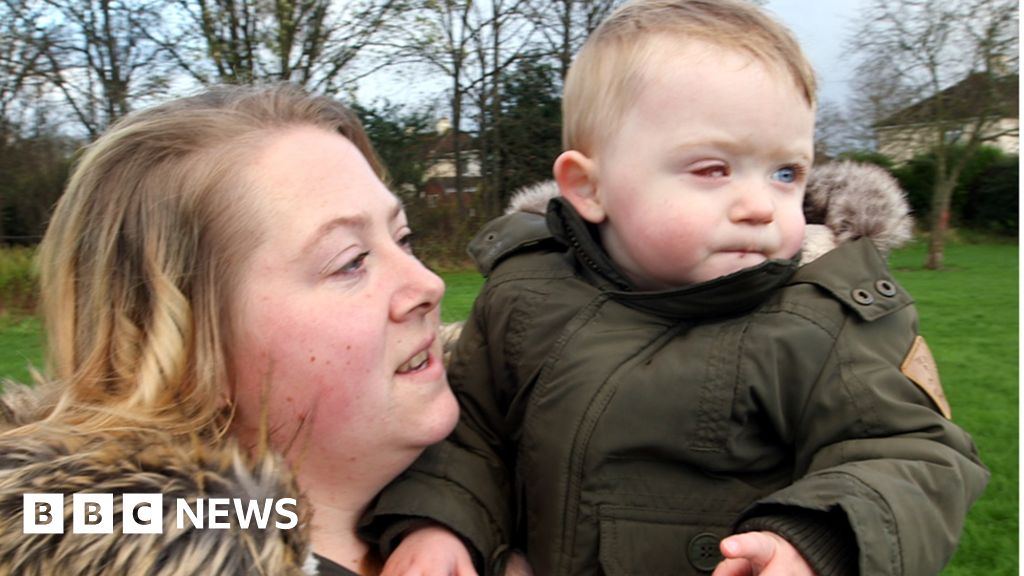Holy crap. That is so sad. I wish the laceration was repairable. I'm in shock.
But I'm a little perturbed by this line in the article,
"...... given their popularity (drones) and the common use, it's inevitable that we'll see a lot more."
"... see A LOT more", That's a bunch of malarkey. BB gun accidents to eyes are a lot more common and always will be. Drone accidents causing eye injuries? The odds are way lower, but still there of course. The exact sequence of events to hit that exact part of a person would be extremely hard to reproduce. This is unlikely to happen to an adult, as most of us would, in a split second, instinctively react to a dangerous object approaching the face. But a child? No , he/she will stare at the object not knowing the danger the object possesses. One thing is for sure, If there are toddlers close by, I definitely won't get near them, knowing that a small miscalculation could cause the drone to go flying toward someone's face. As adults we would most likely flinch and turn our heads, but a naïve child wouldn't have a clue. Poor kid, he's gonna be pissed when he gets older and realizes what he lost. I doubt we will be seeing "A LOT MORE" of this type of eye injury.
Edit: There is approximately 2,070 air gun related eye injuries to children per year in the U.S.
The most common variety was corneal abrasion, a scratch to the eyeball that typically heals within a day or two.
But it was followed by more serious injuries: Hyphema, when blood pools in the eye and can impair vision if untreated; globe rupture, when blunt trauma injures the cornea and sclera, or white of the eye; and foreign body, when an object becomes lodged in the eye.












